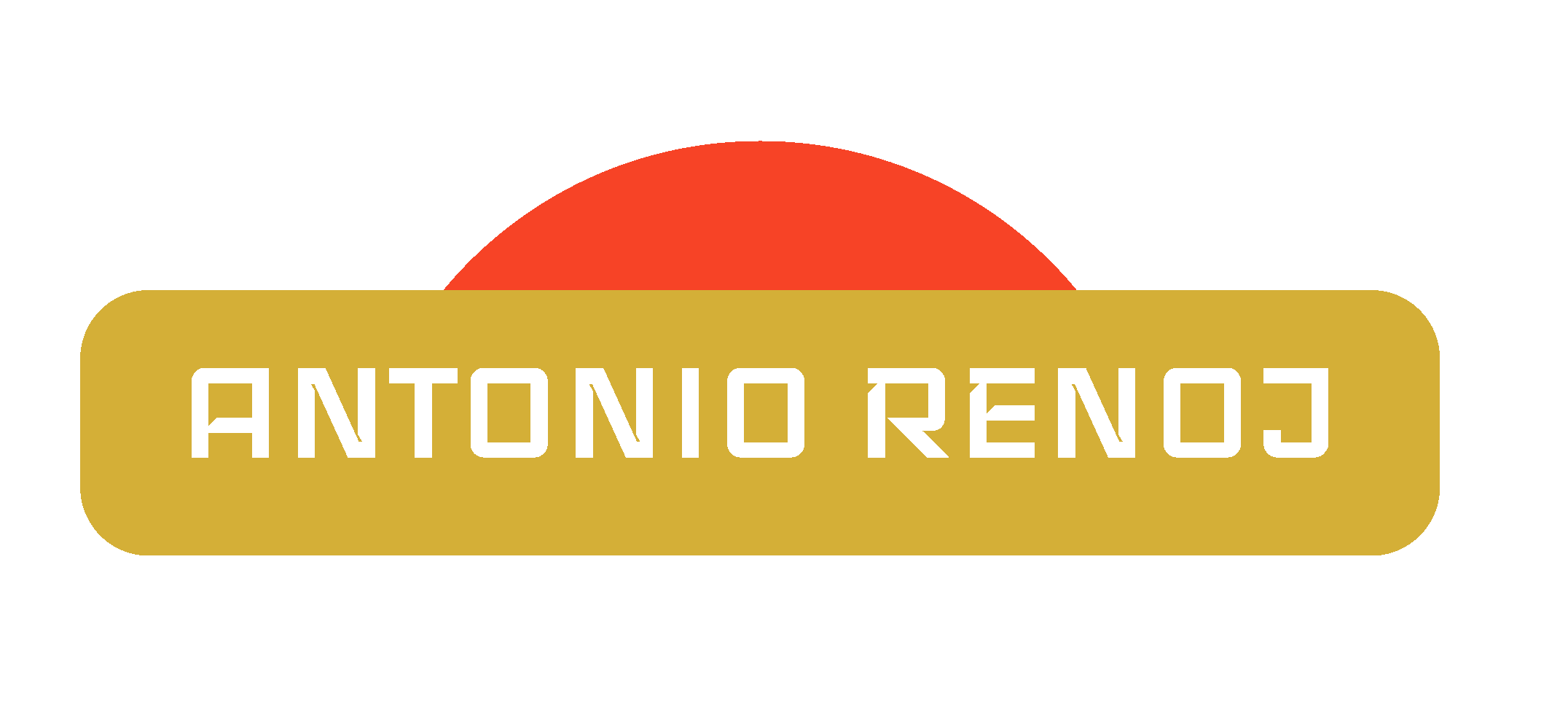PRODUCT DESIGN
Project Summary: To design a dynamic and immersive playground that revolutionizes children’s playtime by integrating cutting-edge technology with traditional outdoor activities. The end result is a community that is thriving and closer knit together.
Consumer Profile: Children, ages 5-13
Roles: Researcher, Product Designer
Design Tools used: Fusion 360, Photoshop
The team
Isabel Bautista: Team leader, UI Designer
Carey Carrow: Project Manager, UX Designer
Darren Lau: 3D Visual Artist, UX/UI Designer
Antonio Renoj: UX Researcher, Product Designer
Carey Carrow: Project Manager, UX Designer
Darren Lau: 3D Visual Artist, UX/UI Designer
Antonio Renoj: UX Researcher, Product Designer
THE CHALLENGE
We started with an ambiguous journey that started with big concepts and unknown problems and solutions. Ideas were shared through conversations about how we could change the world if we could.
The problem that our group set out to solve was how to curve the rise of extremism and fascism. That should be easy, right?
We gravitated to politics because we were curious about how we could potentially solve a problem that is so prevalent in our society. The threat of extremism has steadily risen over the last 50 years. We felt like the threat to our democracy is real and so we wanted to curb the rise of extremism in our lifetime.
But the short answer is we can’t.
There are so many variables at play that we are not really able to change a grown person’s beliefs through a single design solution. However, there are still ways to make positive impact that can help in the future.
We recognized a unique opportunity to contribute to a better society by creating experiences that bring joy and connection to individuals and families. Through a blend of physical and digital experiences, we aim to foster meaningful interactions and a sense of belonging within communities. By focusing on families and children—the foundational building blocks of society—we strive to promote early intervention that nurtures connection, interaction, and play, ultimately helping to strengthen the fabric of our communities.
IDEA #1: Voting Kiosk
In our initial exploration, we wanted to explore what Community Engagement meant to us and what it means to larger communities. Could engagement also help people feel involved in their community and less likely to harm it?
We talked about local elections, security, information and engagement. After several discussions, we wanted to design a voting kiosk that informs people about local issues. We thought about what the future of information kiosks looked like to the type of devices that could be used to verify a person’s identity.
Sketch of Biometric ID cards with fingerprint readers
In these initial sketches, we began to think about how kiosks could provide information and engage community members that may often feel out of the loop from the decision making process. From security devices to futuristic ID cards, personal devices would serve as a way to ensure secure voting.
The kiosks were inspired by the natural shapes of leafs and trees to tie in the community aspect of the design. At one point, we wanted to create a device that shows proposed projects onto the floor around them.
The kiosks were inspired by the natural shapes of leafs and trees to tie in the community aspect of the design. At one point, we wanted to create a device that shows proposed projects onto the floor around them.
Concept of projected city maps on a public information kiosk
We designed a leaf-shaped kiosk that could be planted any place where community members gathered such as museums, post offices, city hall and even parks. Inspired by the natural curves of a leaf, the shape of the kiosk has lights all around it so it could light up when it was being engaged by a person.
Emotion sketches of democracy in action through our voting kiosk
IDEA #2: Kid's Playground
As a group, we discussed our progress and our first idea started to wilt away because of its simple nature and the lack of desire to pursue a device that may already exist through our smart phones already.
Instead, we aimed to explore ways to inspire community engagement and cultivate collaboration among children, empowering their generation to build stronger, more harmonious relationships.
In our research, we read about Seeds of Peace, an organization that seeks to bridge the divide between Israelis and Palestinians to drive change in their own communities. We also looked at the power of play and how letting kids naturally get to know each other can create powerful bonds in later years.
This shifted our thinking away from a voting kiosk to a children’s playground.
This shifted our thinking away from a voting kiosk to a children’s playground.
Our ideas then shifted to a slide that lights up while others can play around with the buttons. These sketches show a light up slide with interactive screens that children could interact and play with together.
The separate components would include a slide with pressure sensors that light up when a kid steps on it. LED screens would also light up when a child uses one the pad or controllers to the side of it. The main interactions moved away from being a typical smart device to one that involves full body movements.
The separate components would include a slide with pressure sensors that light up when a kid steps on it. LED screens would also light up when a child uses one the pad or controllers to the side of it. The main interactions moved away from being a typical smart device to one that involves full body movements.
We then debated about the proposed interaction in the slide themselves. Through rounds of feedback and several changes later, we wanted to focus on the screens and think about the type of interaction kids were having. We really wanted an experience that children could be exited by and could leave a lasting, positive impression.
We looked at what currently exists and what is possible with emerging technology. Floors that could light up or make sounds as they are stepped on. Screens that reflect a person in a different light. Waving hands to change something on a screen. These fun experiences blend the senses to make a memorable moment with those around you.
Our next set of sketches and designs focused on what the experience should be like for the end user. The team wanted to see what stepping on the floor does and what does stepping in front of a screen show?
We thought kids could wave their hands and affect their shape on the screen. By spreading their arms they could turn a different color. These ideas were exciting but we felt like something else was missing.
IDEA #3: Interactive Installation
We began exploring what attractions and experiences were capturing people's attention in museums and interactive spaces today—giant LED screens and lights, tracking and pressure technology, multi-level slides. Along the way, we discovered something that truly excited us all.
In our discussions, we wanted a two story slide that transports a kid from the real world into our emerging world. There groups of kids would play a game that encourages collaboration and play.
This a part of our mood board that inspired our next steps.
DESIGN RESEARCH

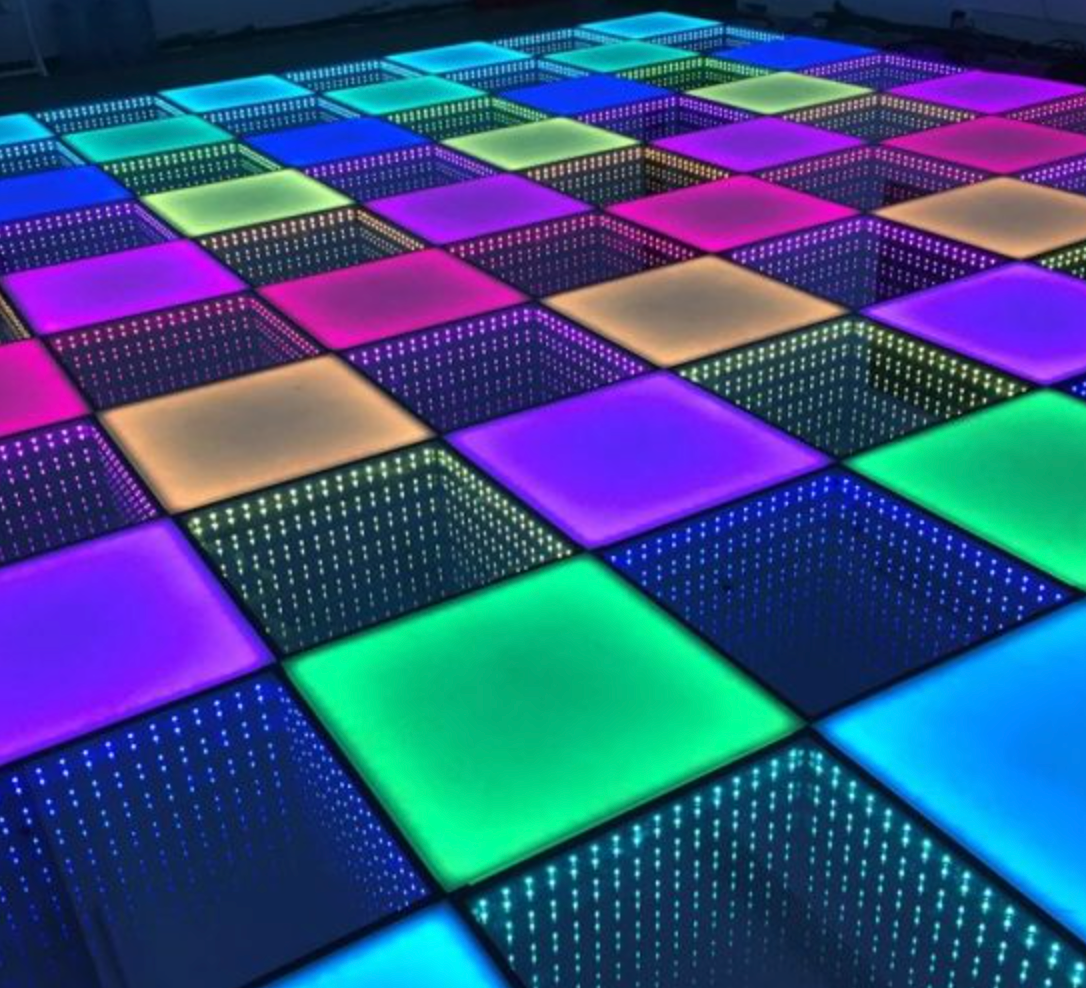
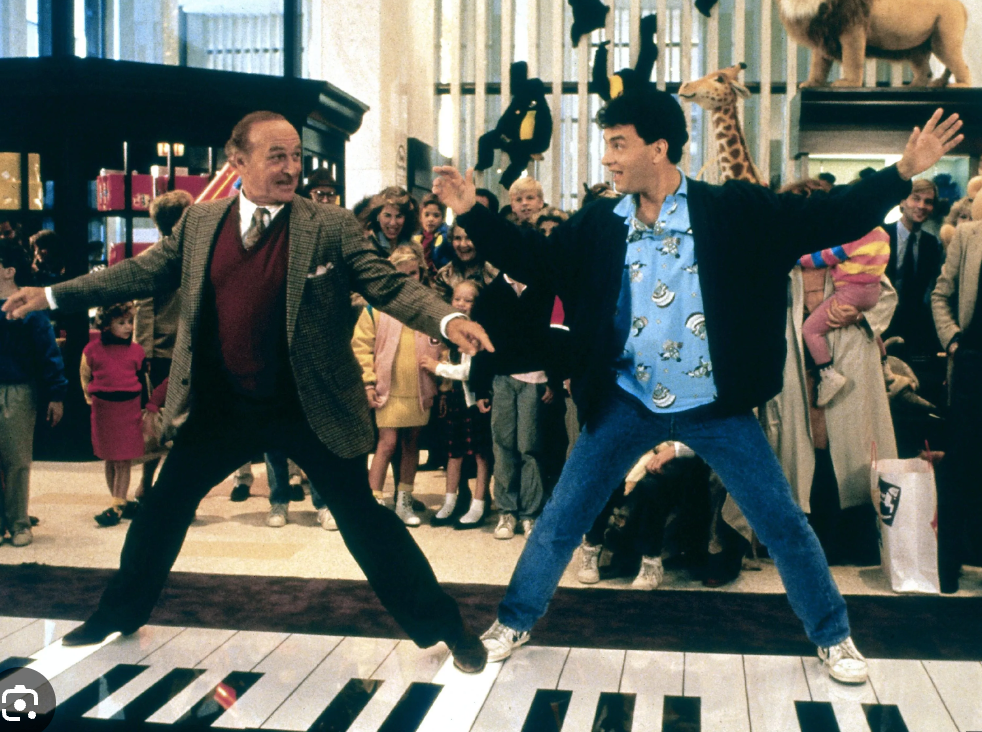
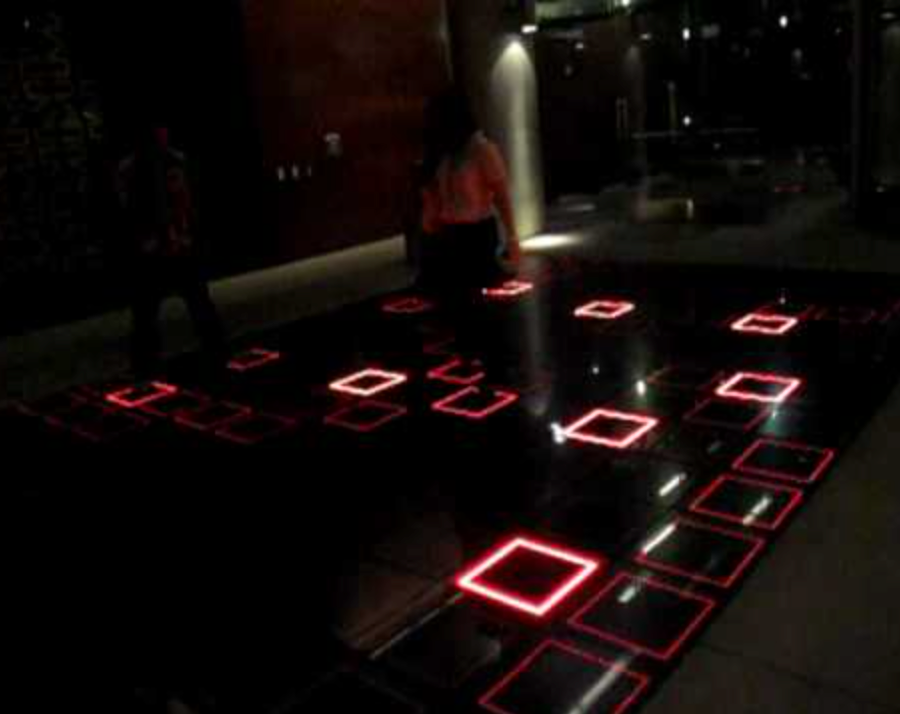

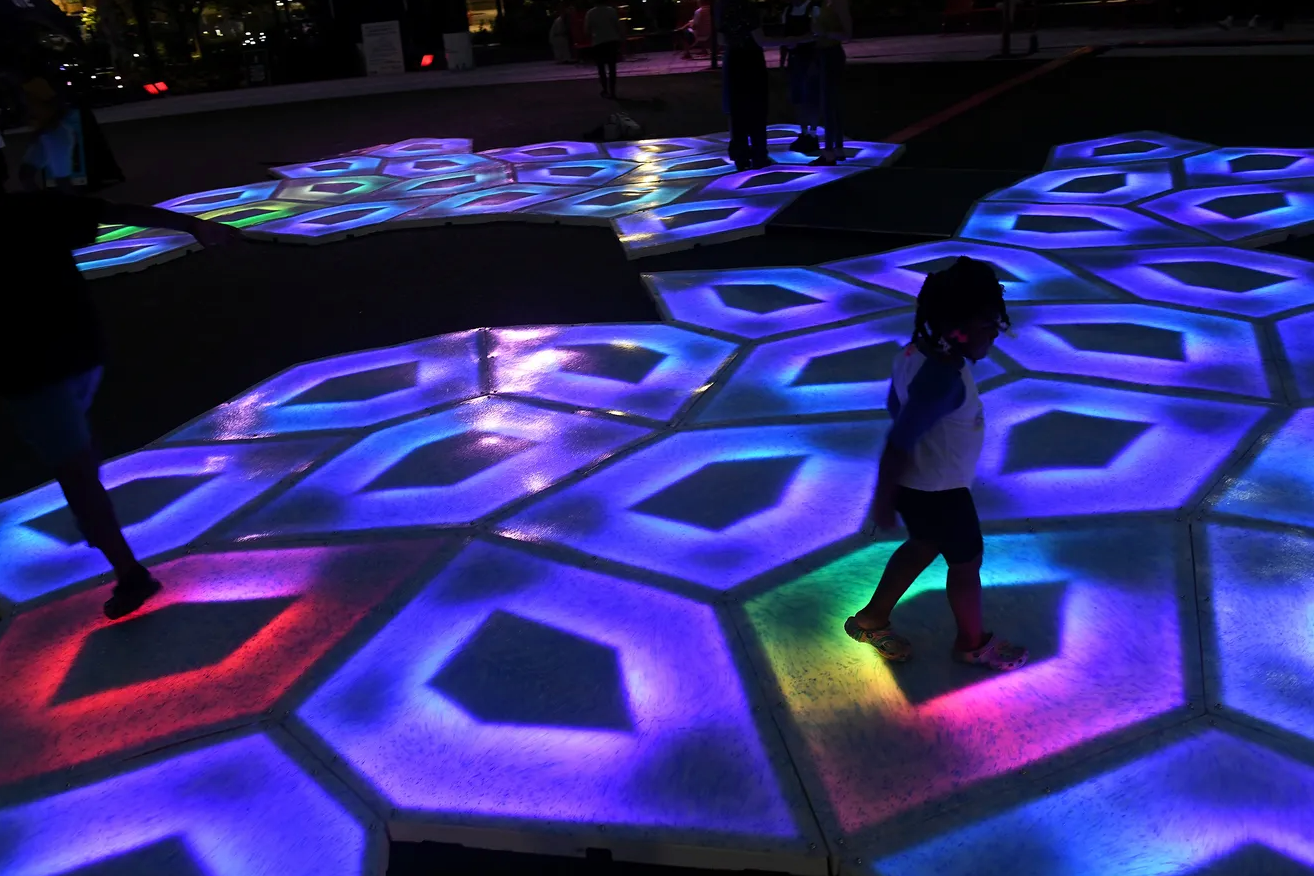
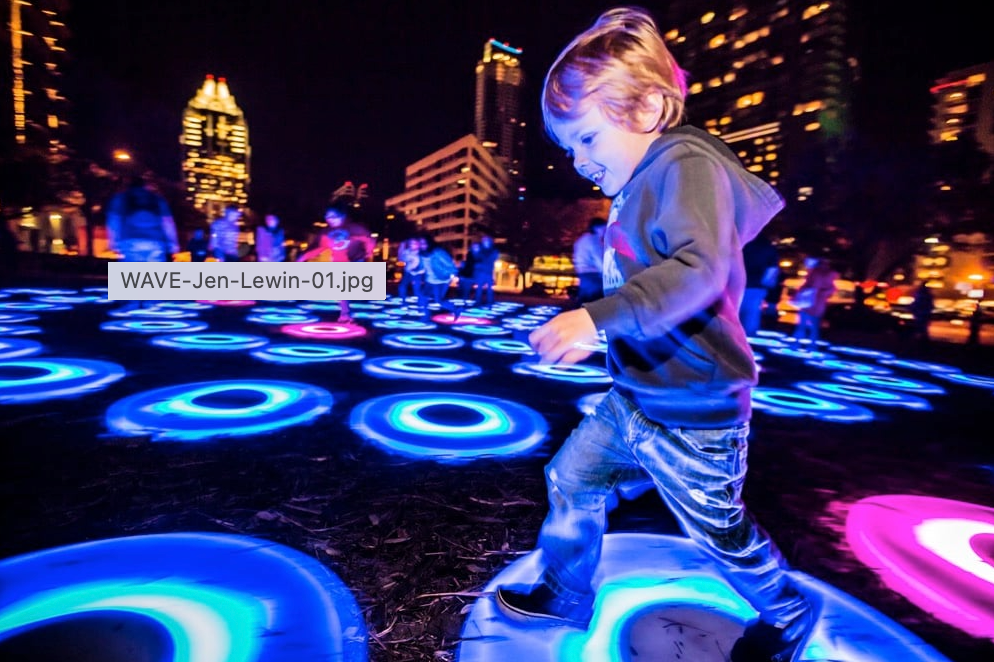
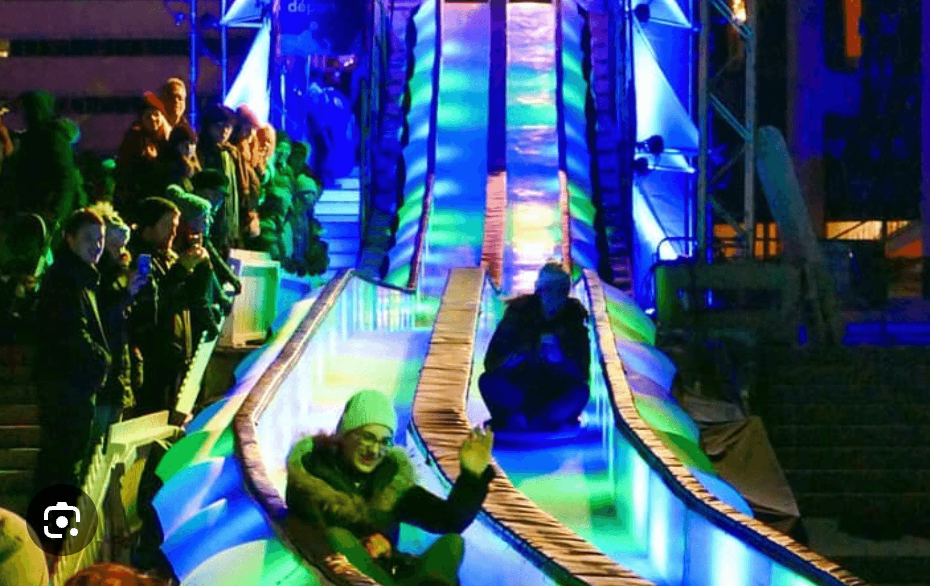
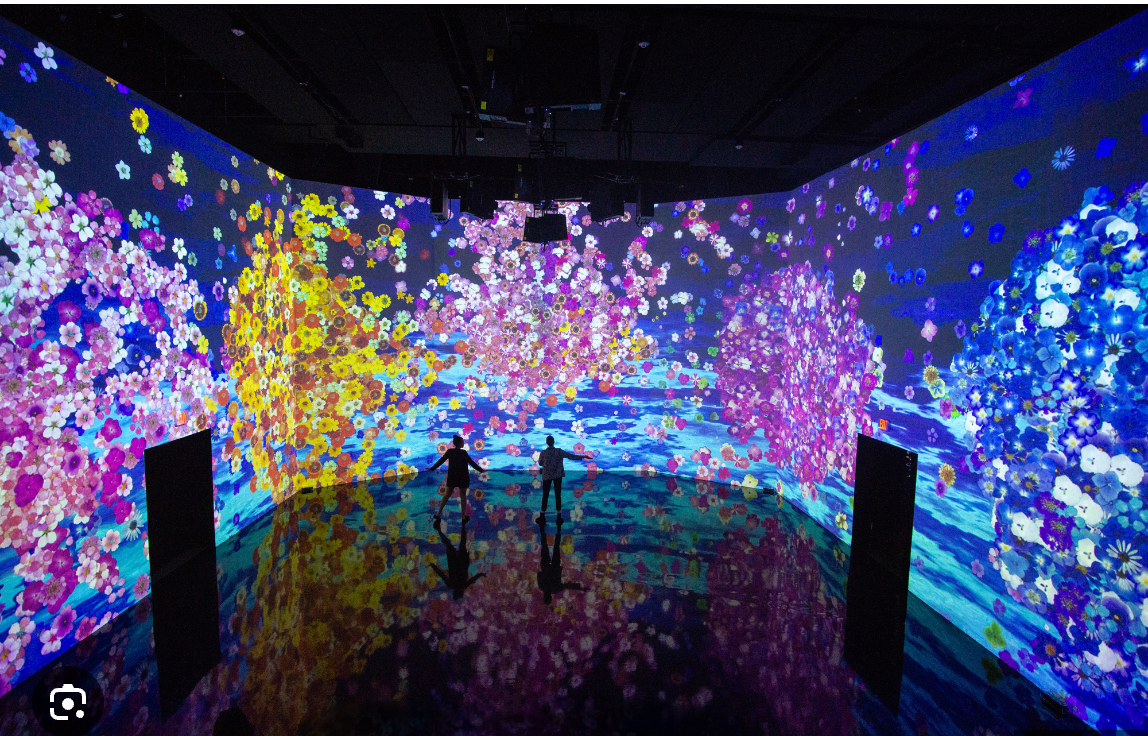
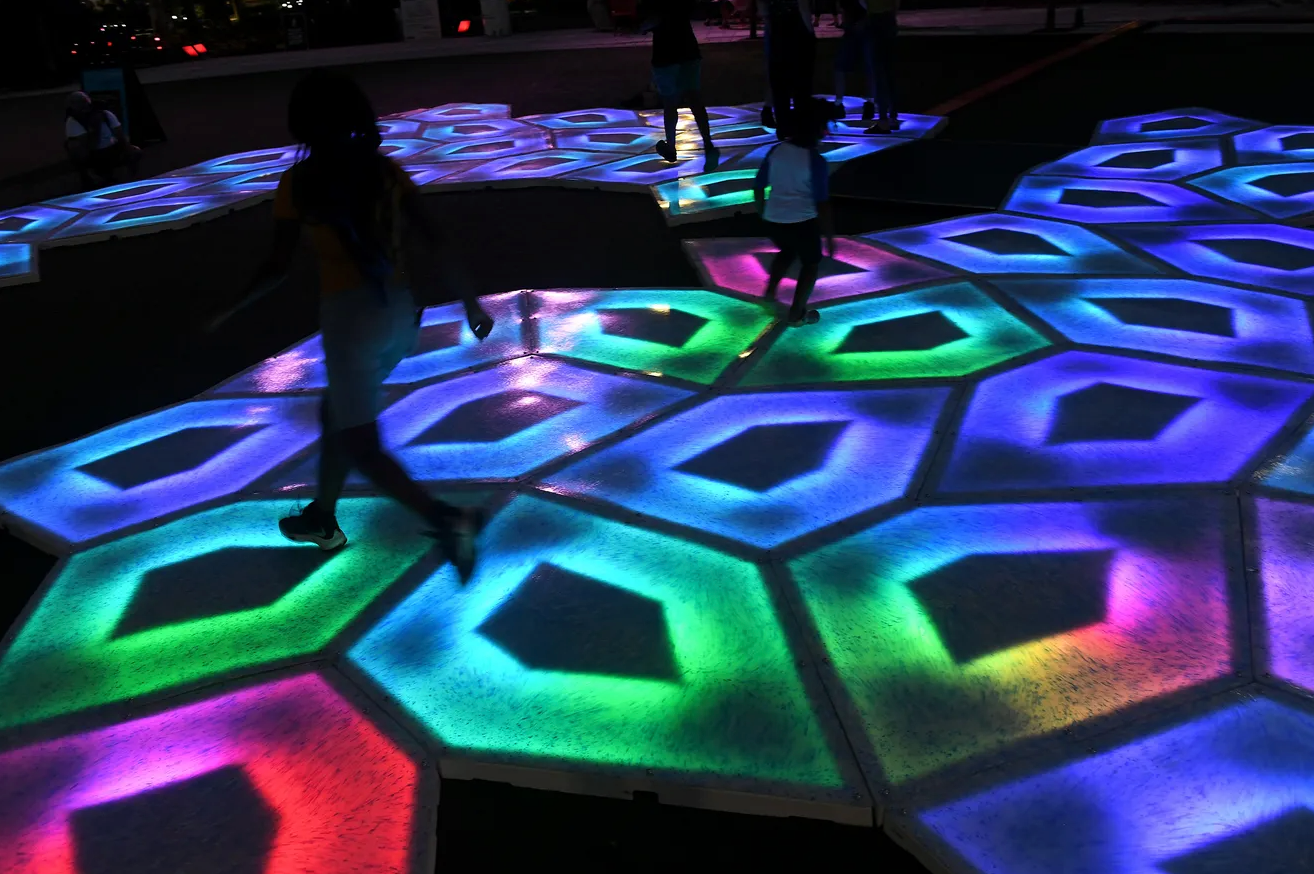
We envisioned a large slide that simulates that idea of entering a new digital world. To achieve this, our installation would house large LED screens, a large light up display floor, and a two-story drop down a colorful slide.
Taking inspiration from German designer, Carsten Holler, this proposed slide would be large with a see through top and colorful LED strips that light up the journey into the digital world.
Taking inspiration from German designer, Carsten Holler, this proposed slide would be large with a see through top and colorful LED strips that light up the journey into the digital world.
Our team set out to divide and conquer the main components of our project, the physical user experience and the digital user interactions.
I focused on the physical component of the installation and designed the interactive slide for our final concept. These are the sketches that explored what this slide could be and it guided us in our final concept.
DESIGN PROCESS

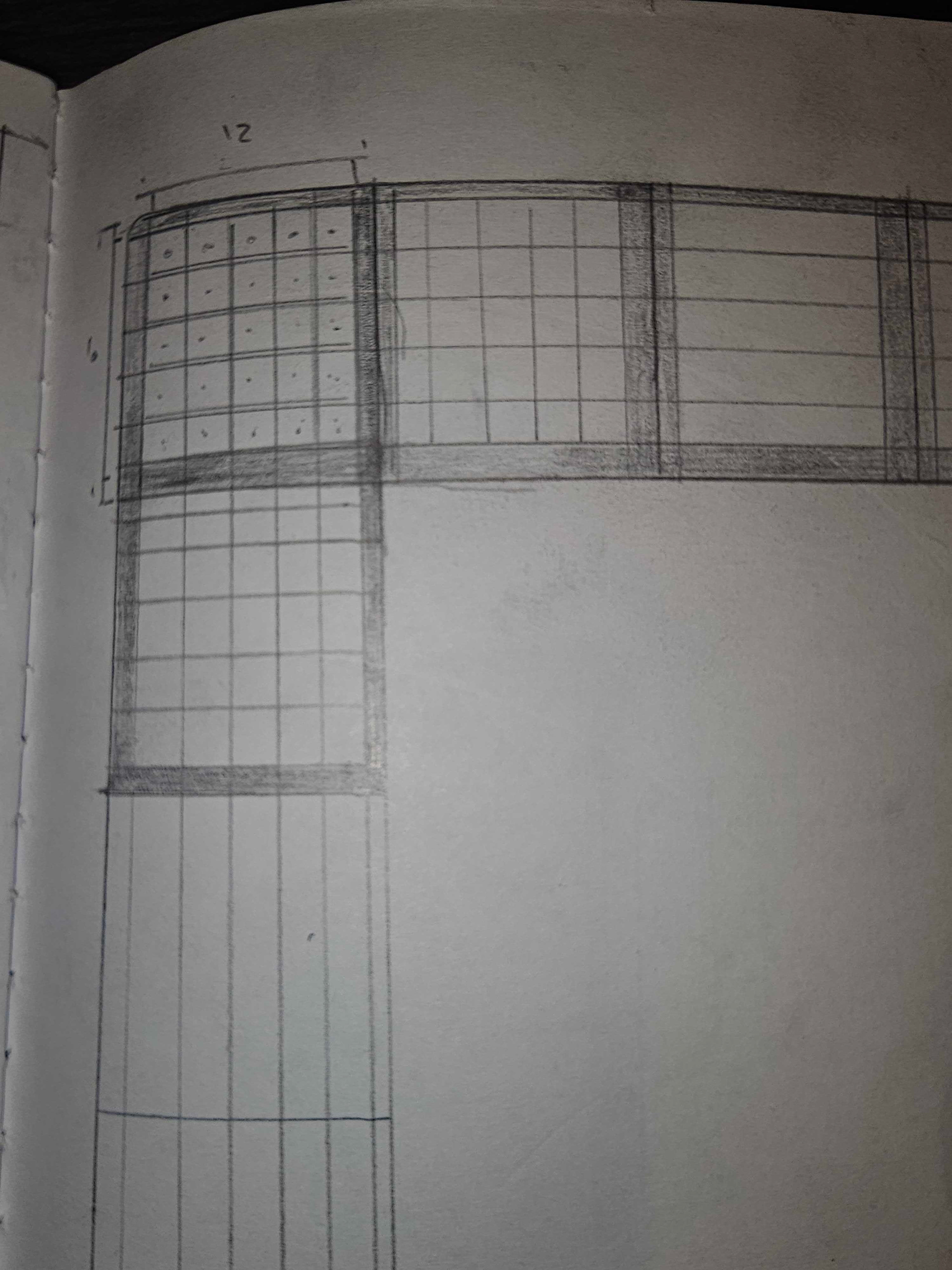

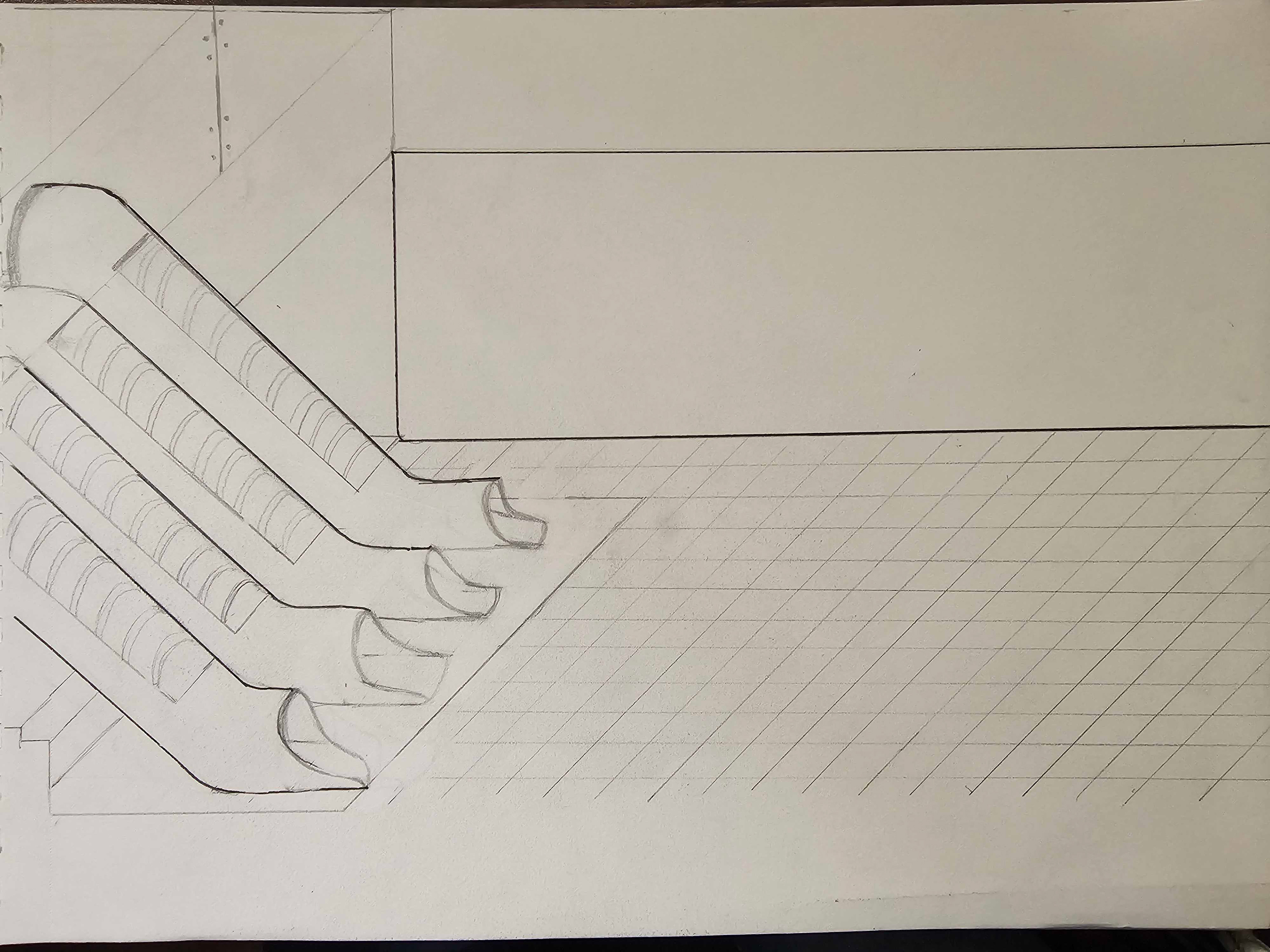
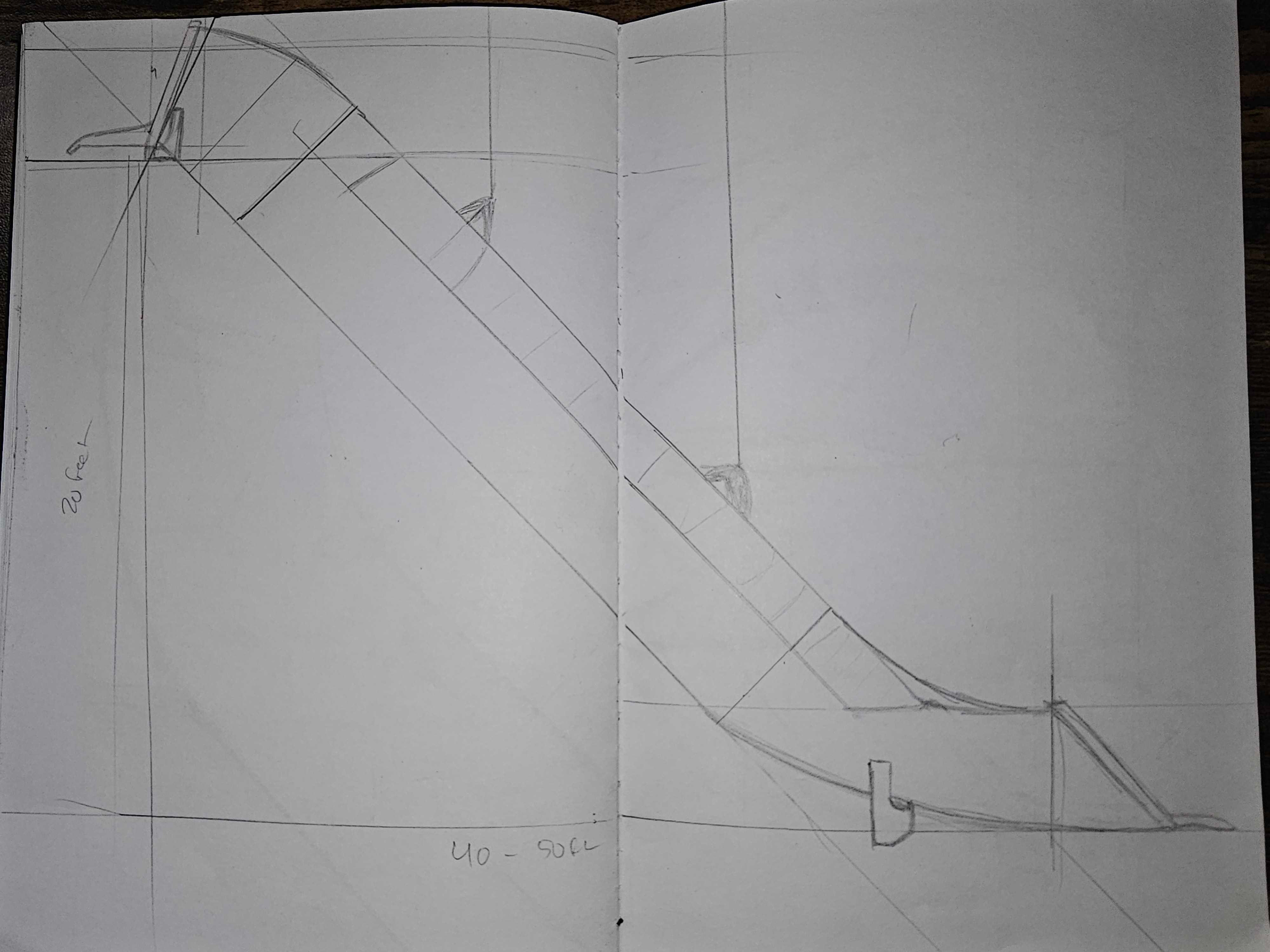
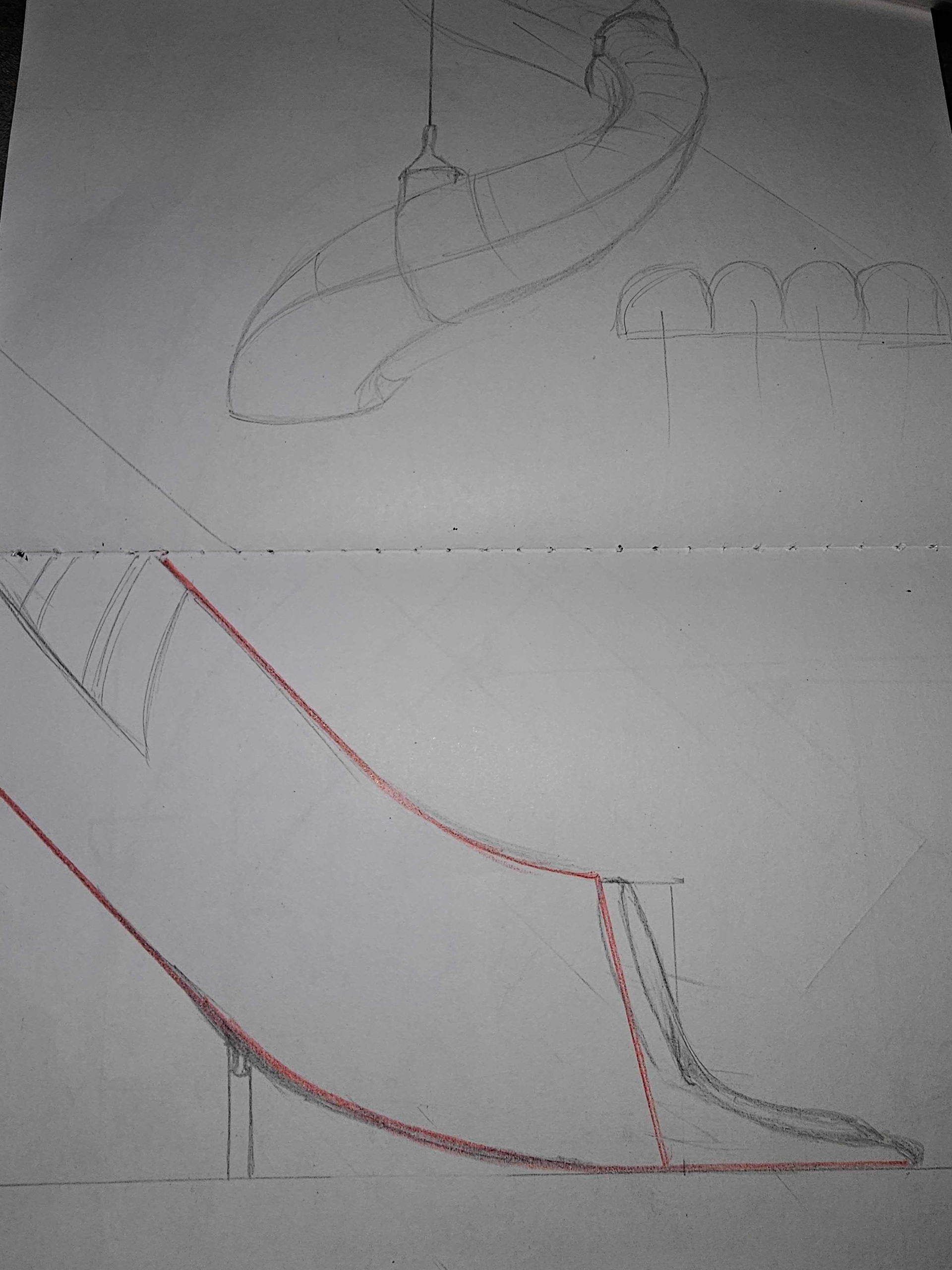

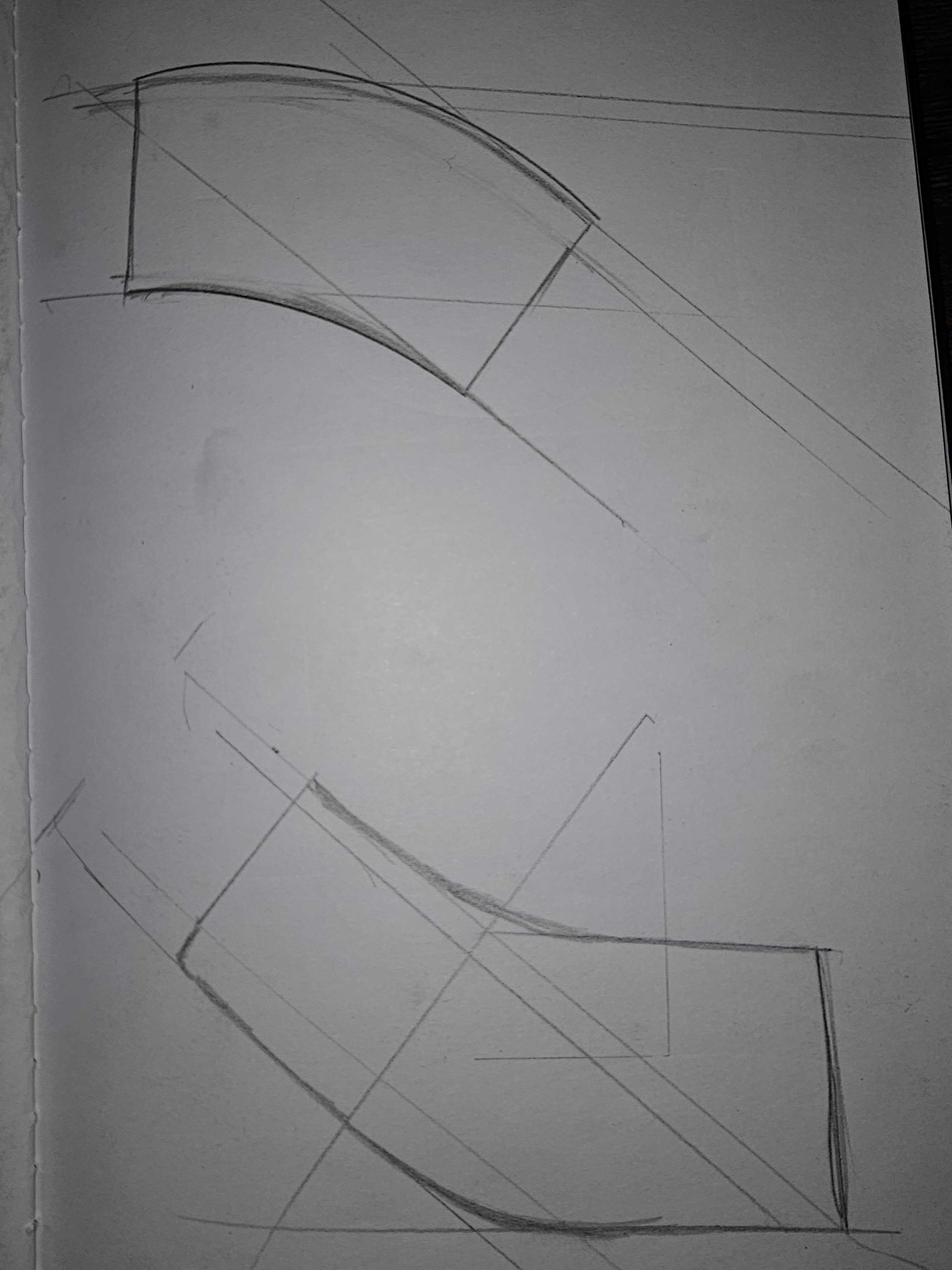
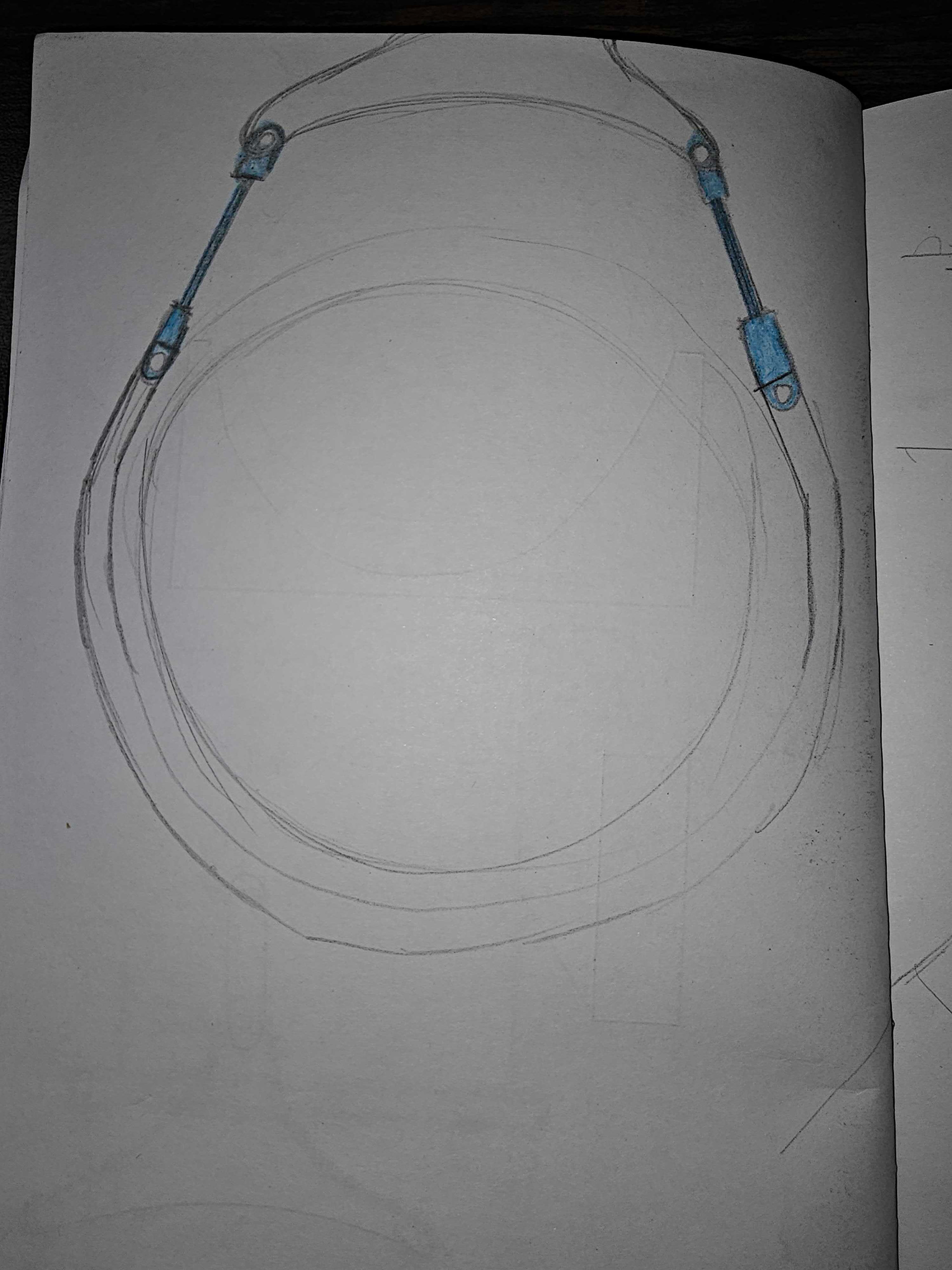

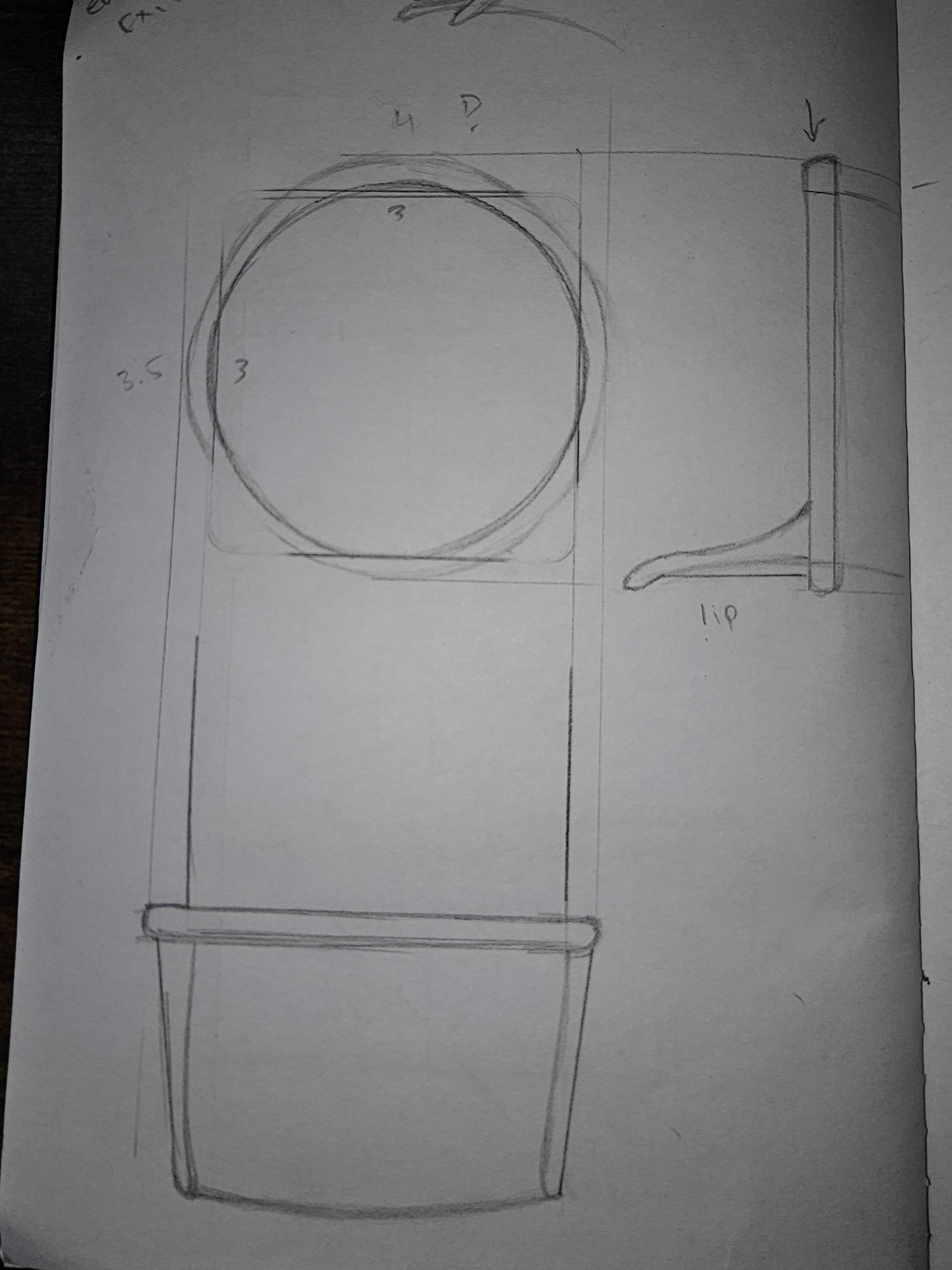
The proposed concept required four slides that serve as a way to track the players in the digital world. We want to provide users the choice of their digital avatars down below. Using tracking technology from the screens and the LED tile floors, the children are able to run around while also being projected onto the giant screens.
These initial renders show the scale of how big the installation is.
INITIAL 3D MODELS
We discussed about the experience of children as they interact with a digital world was as important as their interaction themselves.
Exploring different materials for the slides, we had different options for this installation.
PHYSICAL PROTOTYPE
As the product designer, I set out to build a model of our proposal.
Using PVC pipes, jigsaws and some glue, I was able to create our slides. Then we added the green PPK color and event added some glow sticks to simulate the bright LED lights around the slide to illustrate the ambiance and functionality. However, this proved to be a bit tough to keep in place, but the effect worked, especially in a dark environment.
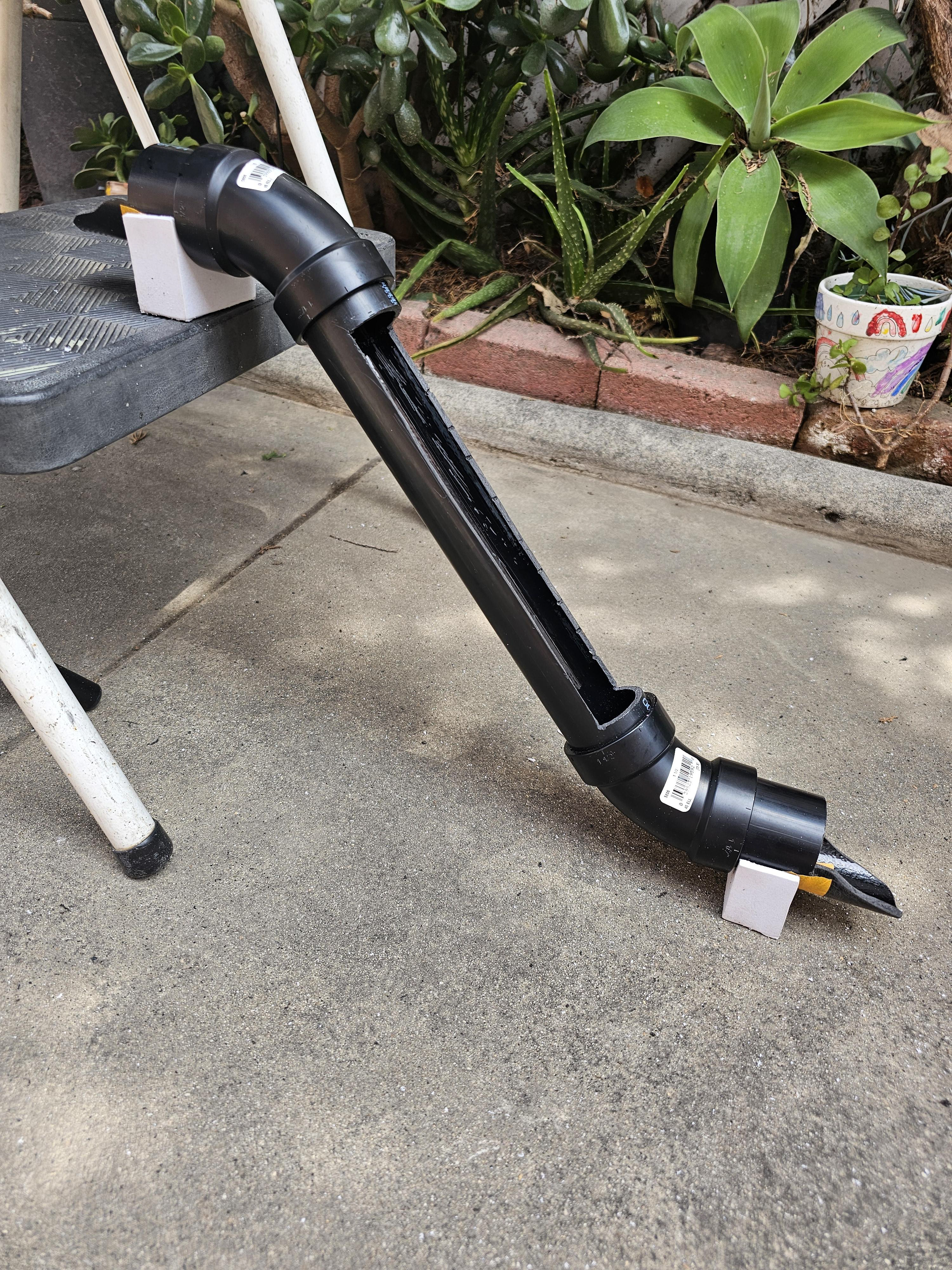

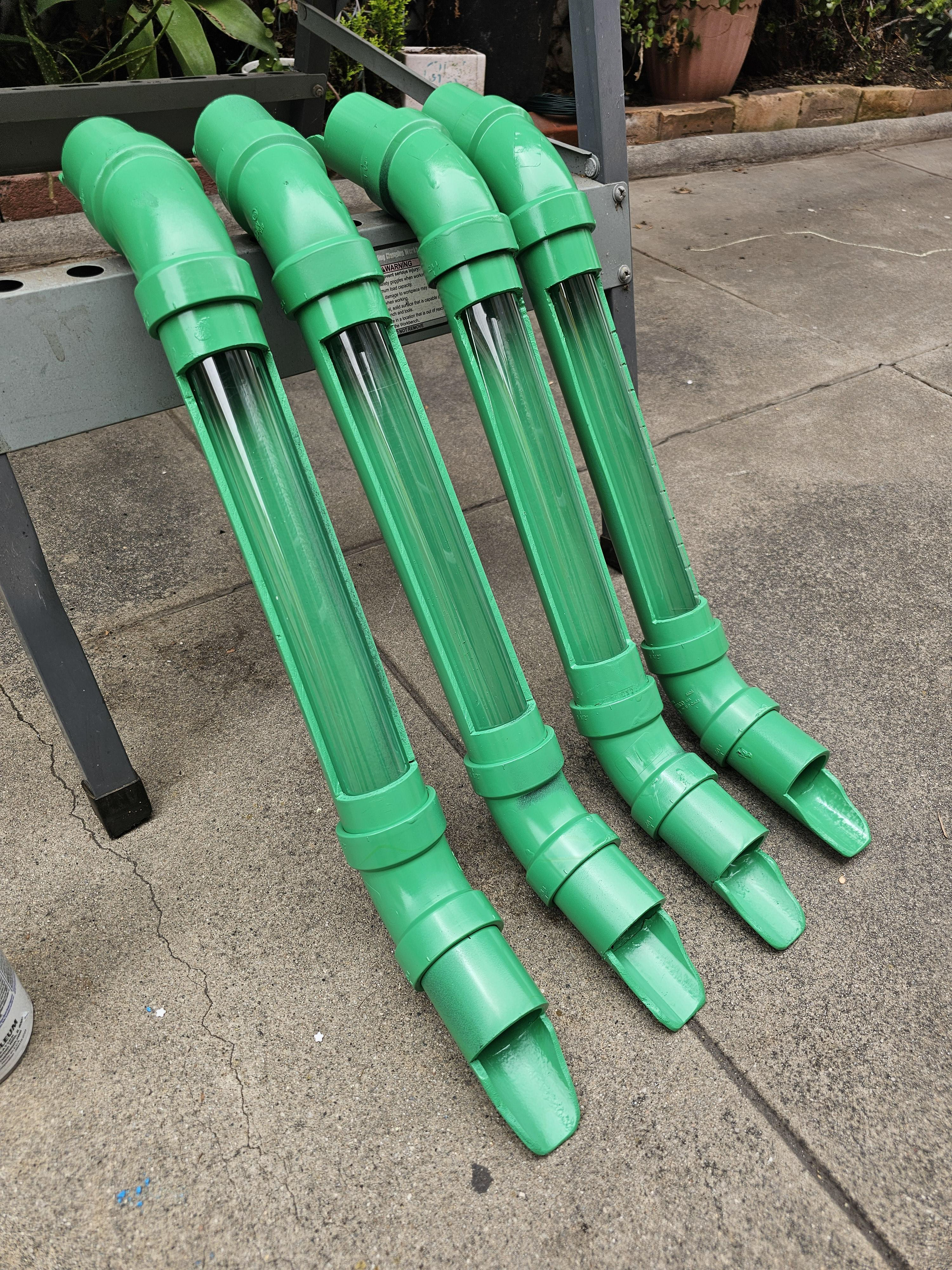
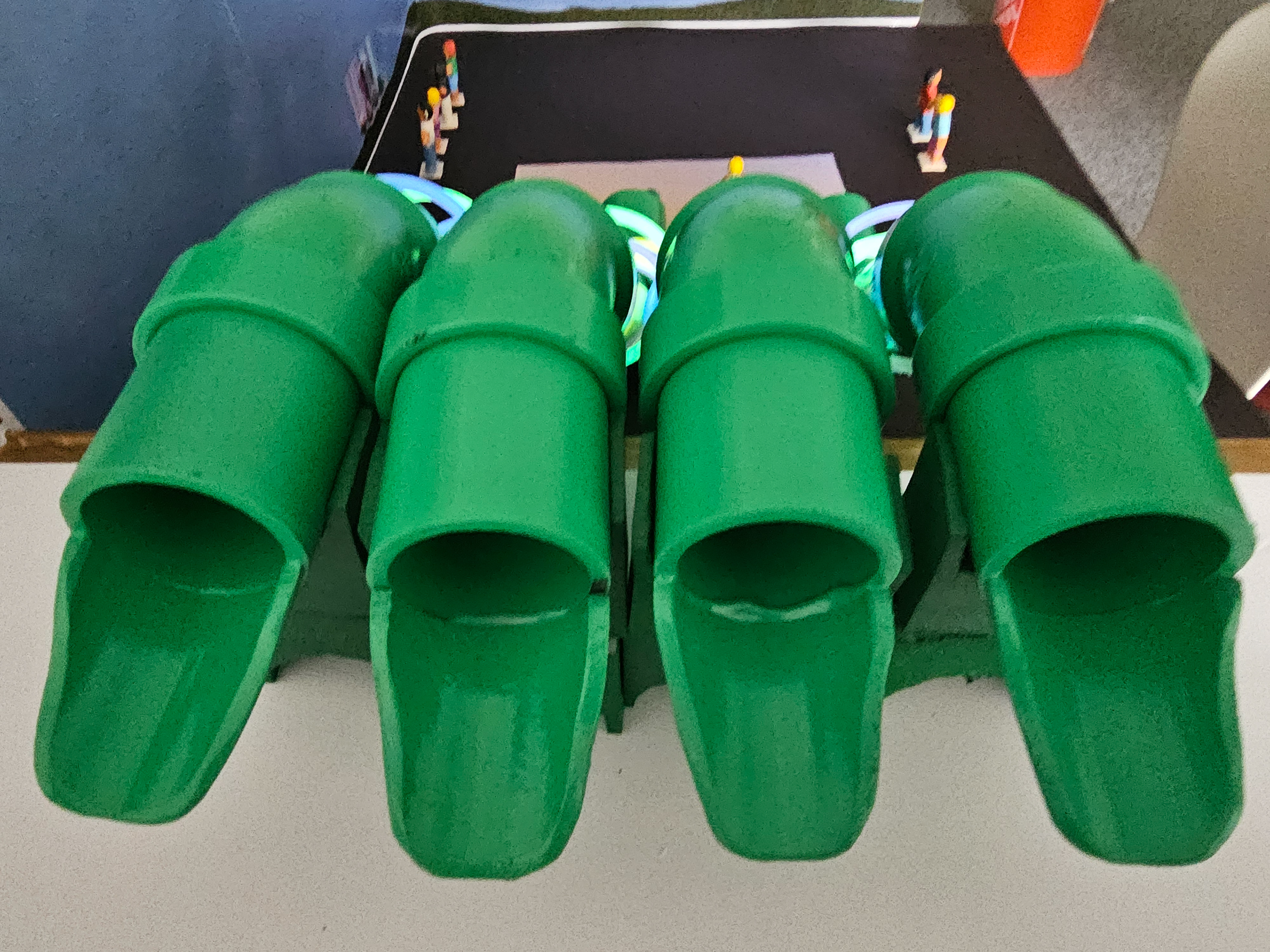


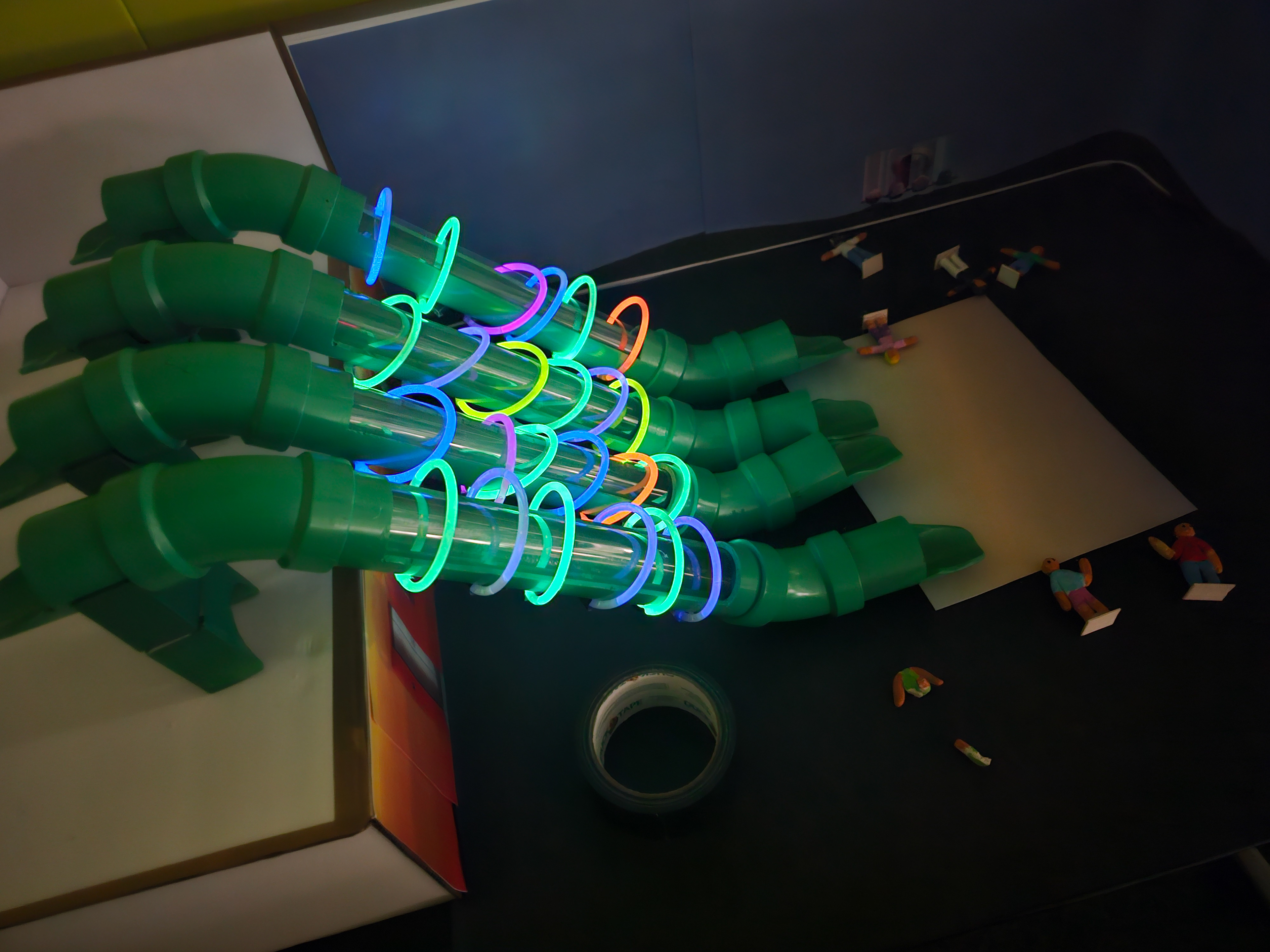
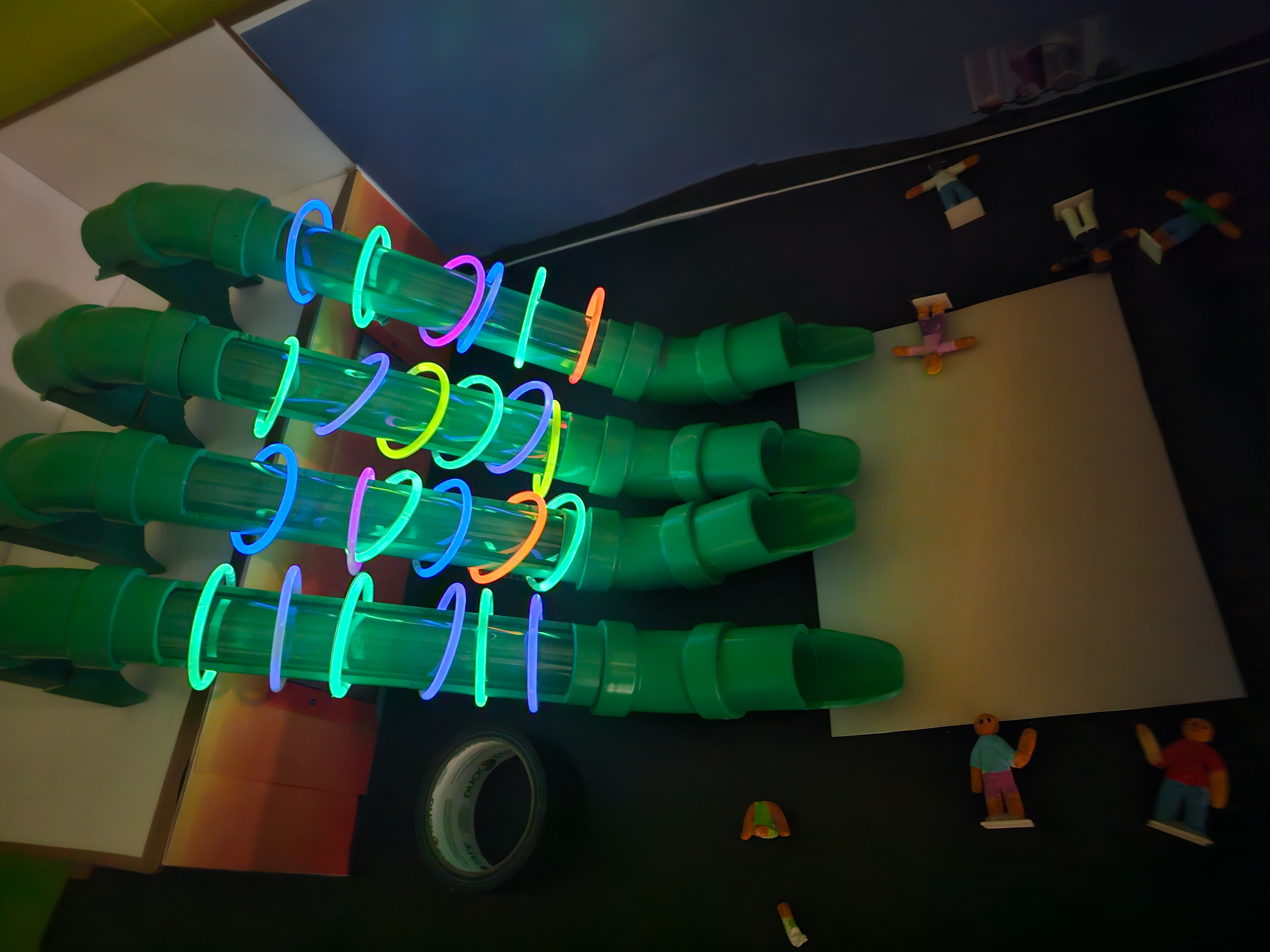
This gave us a scale of how large our final installation would need to be in order to become a reality. We think this could work in a large museum such as the California Science Center or the Discovery Cube in Los Angeles.
The clay models show how the giant screens would work and how the slides set the colorful tone to our large digital installation.
FINAL RENDERS
This render shows how the slide transports the kids into a big world of imagination and playful collaboration. Colors and shapes enhances those memorable experiences we set out to make in our design solution.
FINAL THOUGHTS
The team also designed the UI portion of this project where we developed a game prototype meant to foster collaboration and creative problem solving. Because of my work on the product design side of this project, I was not involved in the development of the game. Instead, I provided my feedback and helped out in whatever way was necessary.
This is a brief concept of how the screens and actions would function in this game. We envisioned the children to be able to move around the space and interact with the giant screens around them. Ideally, their movements and actions would be tracked solely for the purposes of playing this game.
This was a truly unique experience because we all challenged ourselves to go beyond the surface level and initial reactions to a design brief.
I developed a design from initial concepts to its final renders, working along side the UI team. We didn't think that we could pull off a design of this magnitude in just 6 weeks, but we were able to do so much in a crunch.
I developed a design from initial concepts to its final renders, working along side the UI team. We didn't think that we could pull off a design of this magnitude in just 6 weeks, but we were able to do so much in a crunch.
